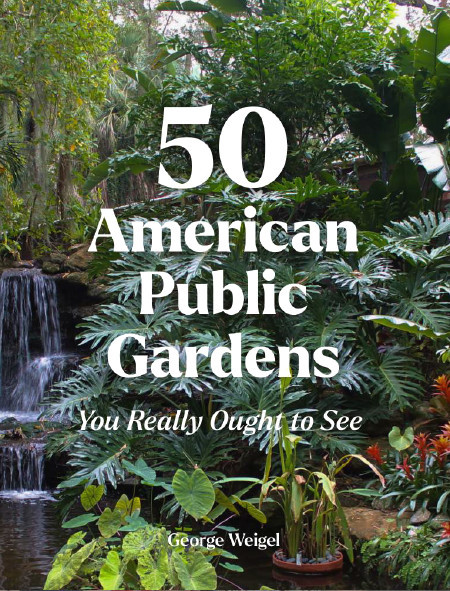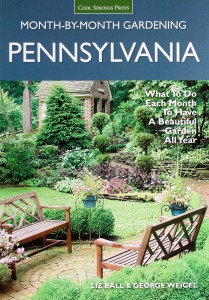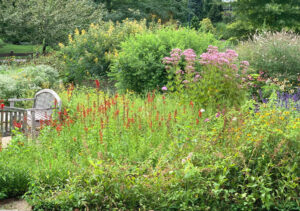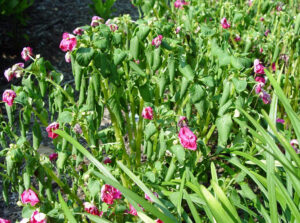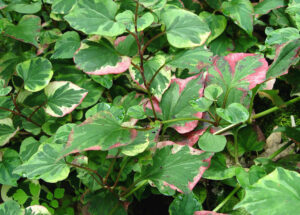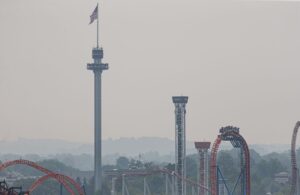The Best New Vegetables and Fruits of 2024
January 9th, 2024
A lot of winter is still staring us in the face, but for gardeners, it’s a time to dream about the many plants already awakening in greenhouses.
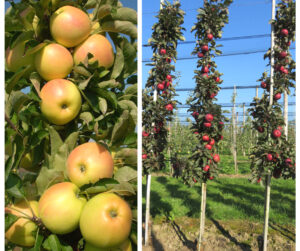
Fruit Snacks apple trees are narrow but heavy-yielding.
Credit: Plants Nouveau
Some of these plants will be new to the market in 2024 – improvements or new twists that haven’t been grown in home gardens yet.
To help you decide which of the newcomers to consider for your 2024 gardens, I’ve scoured the trade and asked numerous experts for what they believe are the best of the best plants making their debut.
Let’s zero in today on 10 of the year’s best new vegetables and fruits.
Next week (Jan. 16), we’ll take a look at the best new annual flowers of 2024, then on Jan. 23 we’ll cover the year’s best new perennial flower introductions. The series concludes Jan. 30 with a look at the year’s best new trees and shrubs.
Some of the following new edibles are already available online and in catalogs. If any strike your fancy, it’s best to order ASAP before the supply dwindles.
Others will show up in local garden centers – seed packets already and plants in April and May.
Fruit Snacks apple trees
Four dwarf, columnar apple trees are the first in this new-for-2024 line of Fruit Snacks fruit plants with the tag line, “Real fruits you can reach and eat.”
Angela Treadwell-Palmer, co-owner of the Plants Nouveau company that’s debuting Fruit Snacks, says the line comes in response to recent home-gardener demand for compact tree fruits that are easy to grow.
“These perfectly upright, dwarf and skinny apple trees make it easier to pick delicious snacks,” she says. “Fruit Snacks are perfect for small spaces. They make lovely hedges and will grow perfectly in pots.”
The four new varieties grow eight to 12 feet tall but only about three feet across. Full-sun locations are best, and two different trees are needed to cross-pollinate and produce fruits.
The varieties also were selected for their resistance to scab and rust – the two main maladies of apple trees.
Debuting in 2024 are: Blushing Delight (green-gold fruits with a red blush); Golden Treat (a slightly tart variety with golden fruits); Tangy Green (a tart, green variety similar to Granny Smith), and Tasty Red (a slightly tart red-fruited variety).
This line of super-small, pot-grown tomatoes, peppers, and cucumbers also comes with a tag line: “No garden? No problem.”
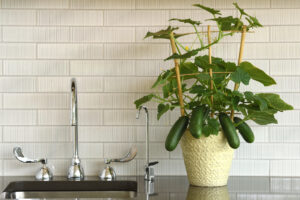
Cucumber ‘Quick Snack’ is the newest introduction in the Kitchen Minis line.
Credit: PanAmerican Seed
Ashcombe Farm and Greenhouses in Monroe Twp. plans to carry two varieties of starter-size Kitchen Mini plants in early spring: a foot-tall, red-cherry-type tomato called ‘Siam’ and a new-for-2024 compact, self-pollinating cucumber called ‘Quick Snack.’
“These are meant for indoor kitchen-window growing,” says Ashcombe co-owner Kerri Laudig. “The plants produce small, snack-size fruits that are perfect for a small family in early spring before the gardening season begins. They’re novel and home-grown fun.”
The potted plants can be moved outside on a patio or table top after frost so long as they’re still producing.
‘Quick Snack’ also is winner of the 2024 National Garden Bureau Green Thumb Award for the year’s best new edible in both the People’s Choice and Professional Choice categories.
The Kitchen Minis line, produced by Pan American Seed, includes two other compact cherry tomatoes, three mini sweet peppers, and six varieties of miniature hot peppers.





